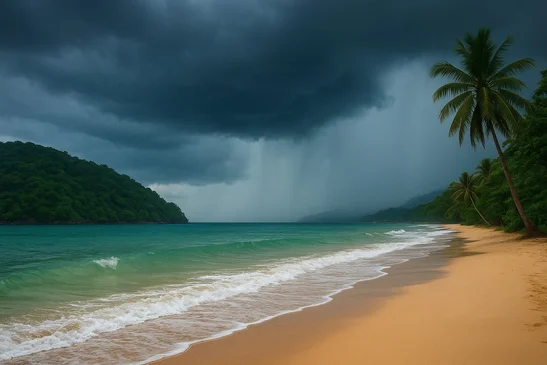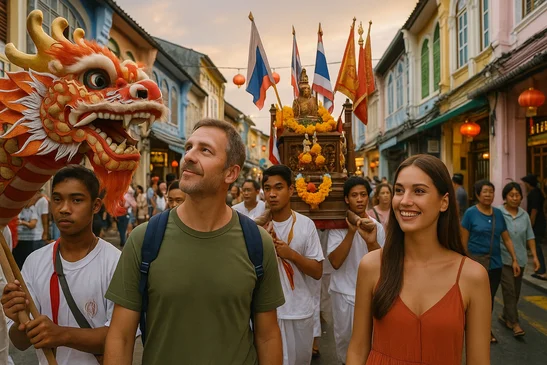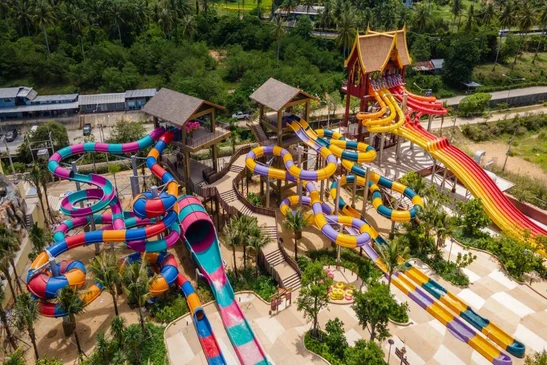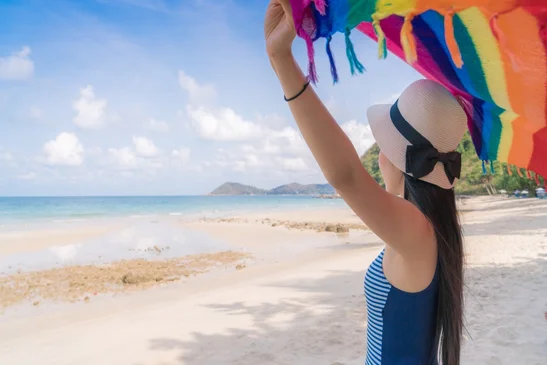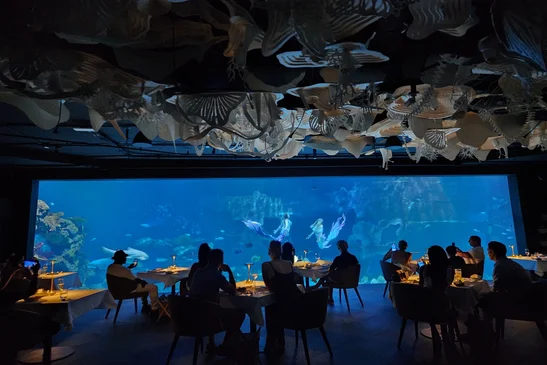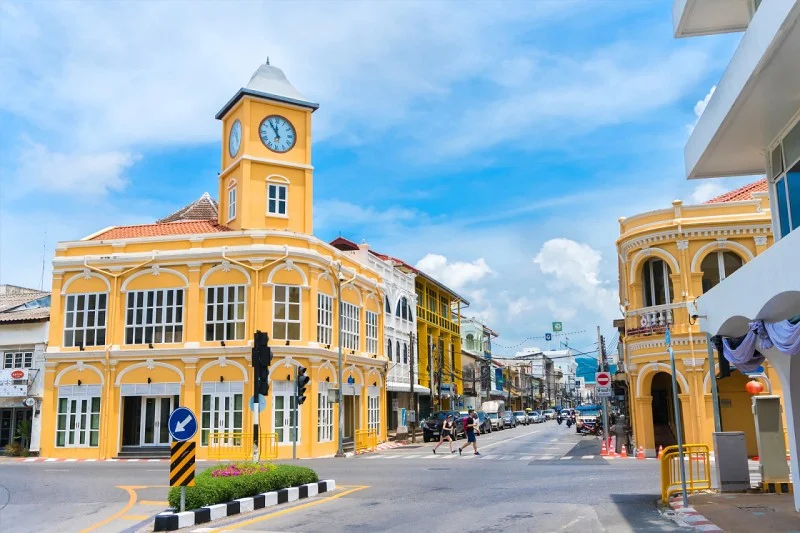
One of the things that makes Phuket such a great place to visit or live is the vast range of attractions. Those who only have a short vacation may beeline for one of the west coast’s world-class beaches and kick back in a beach chair. For those who have the time and desire to explore more, Phuket’s Old Town has a lot to offer the inquisitive and adventuresome traveler.
While any exact dates of its establishment are lost in the mists of history, Phuket Town has existed in its current location in some form since at least the first half of the 19th century. By that time many Chinese immigrants toiled away in Phuket’s tin mines and they, along with the locals, are credited for creating this center of commerce. Today you will see all sorts of Westerners wandering about and Bangkokian weekenders on selfie missions, but a couple of hundred years things were slightly different. Phuket had a violent reputation and the Old Town area was full of opium dens and brothels.
One distinct feature that draws people to Phuket Town is the well-preserved Sino-Portuguese architecture. Typical examples can be found in the heart of Old Town around Thalang Road, Phang Nga Road, Yaowarat Road, and Soi Romanee. Many of these are shophouses that have been renovated in recent years. At night, many are illuminated by colored lights adding some extra beauty. There are other, more decadent, examples of this type of architecture which can be seen at the Phra Pitak Chinpracha mansion (which now houses the Blue Elephant restaurant), the Thai Hua Museum, the Raya house (Raya restaurant), Phuket Baba Museum (which once housed the Chartered Bank), and many more all around the island.
The Sino-Portuguese style (originally “Chino”) is a blend of European colonial architecture with elements of Chinese influence. Many of the first Europeans who created settlements from the Malacca Strait region north to Phuket were of Portuguese origin. In Phuket, they were interested in the abundant tin and tall, straight hardwood trees for making ship masts. Naturally, they brought their culture with them, hiring local laborers of Chinese descent to construct buildings which were infused with design elements of both cultures.
A variety of different expressions of art can be discovered around Phuket's Old Town. Besides the aforementioned architectural art, the most modern and popular now are the street art murals which can be spotted around the heart of town. There are about a dozen of these mostly found on Dibuk, Thalang, and Phang Nga Roads and are attributed to a variety of Thai and international artists. Some of these murals were clearly influenced by those found in Georgetown, Penang, Malaysia and only appeared after they became sister cities in 2014. The two cities have long historical ties and are both home to the Strait’s Chinese, or Peranakan, culture which is a hybrid of ancient Chinese and local cultures. Examples of the artistic style of this culture can be seen at the Phuket Baba Museum, Thai Hua Museum, and the Moh Seng Historic House Museum.


